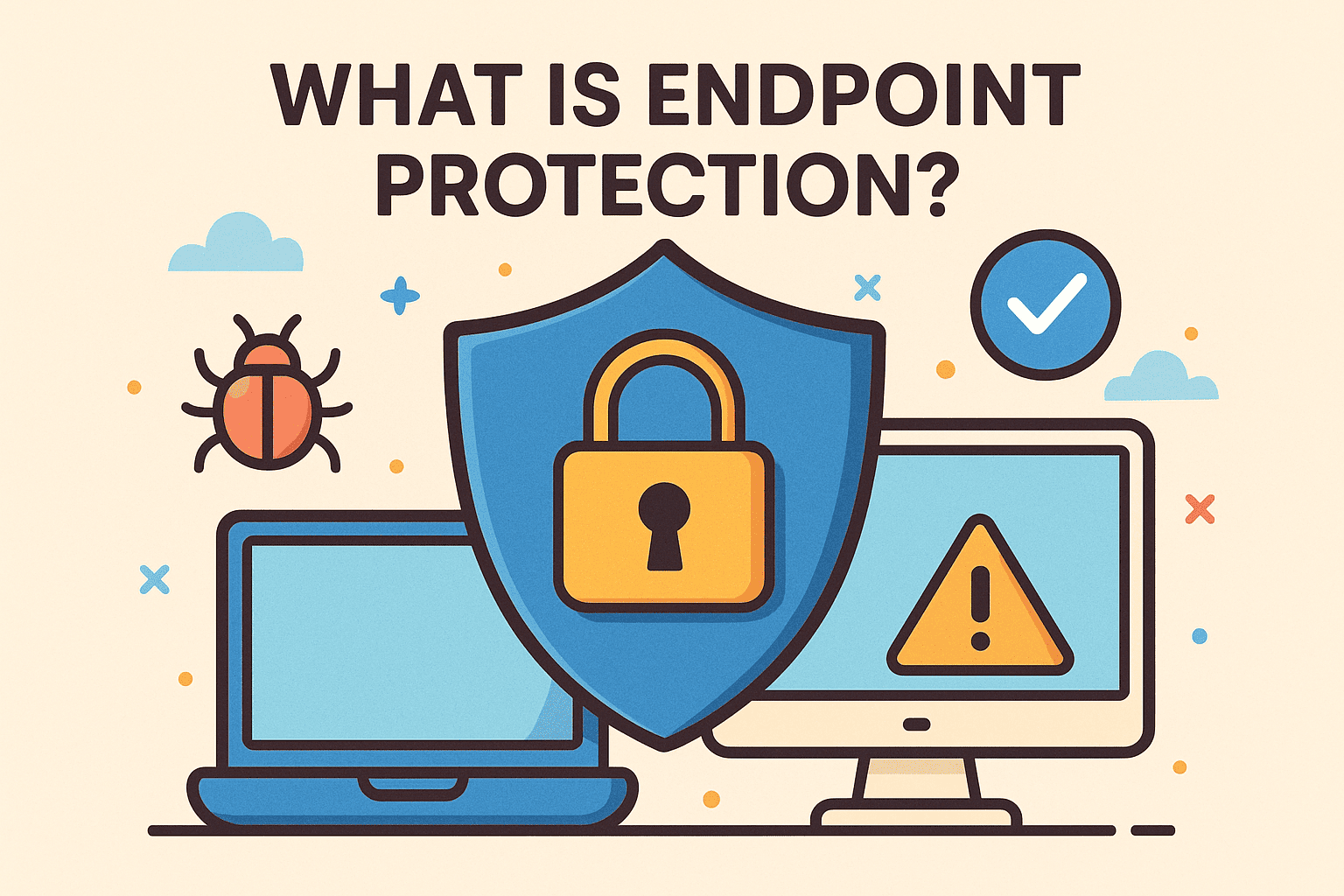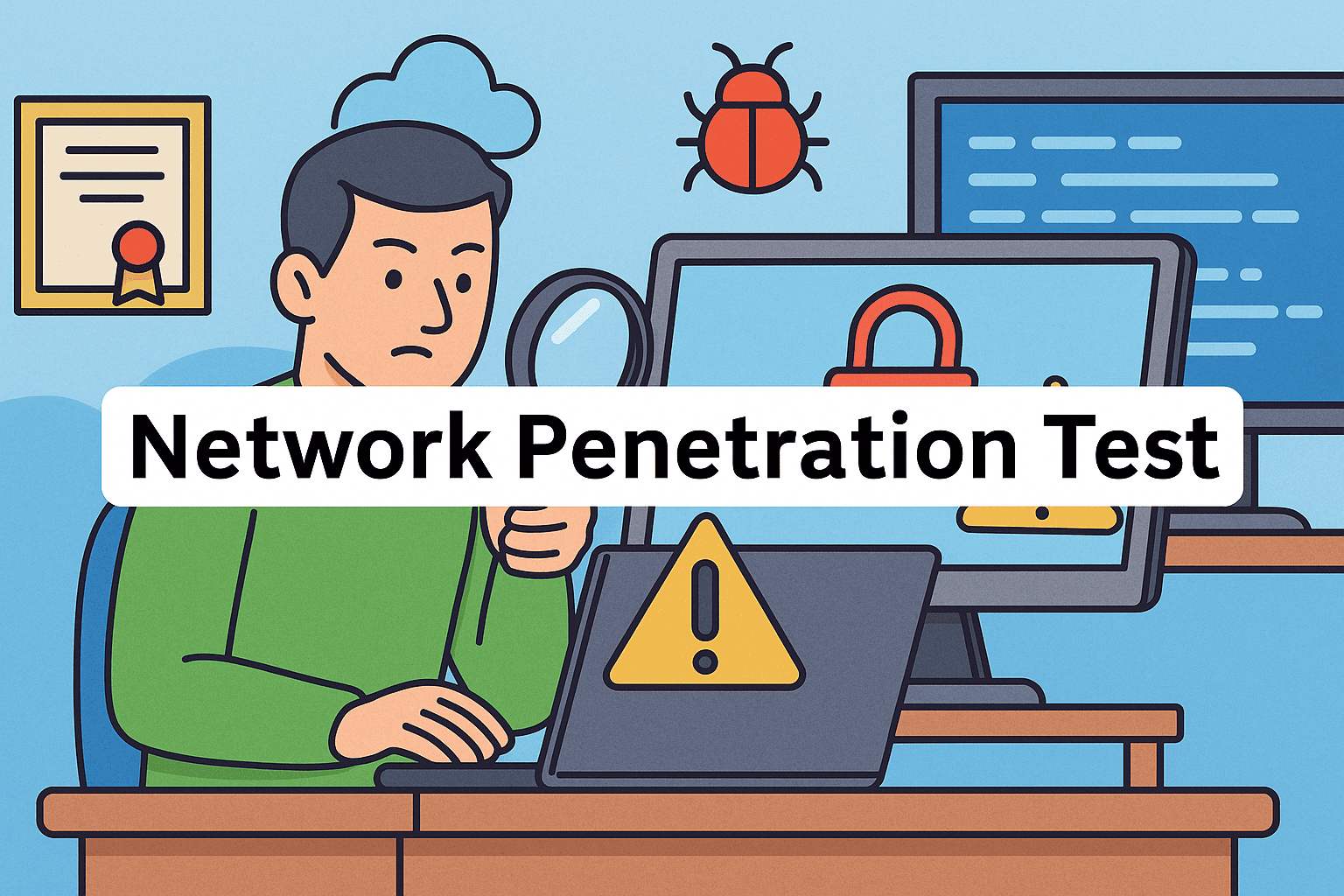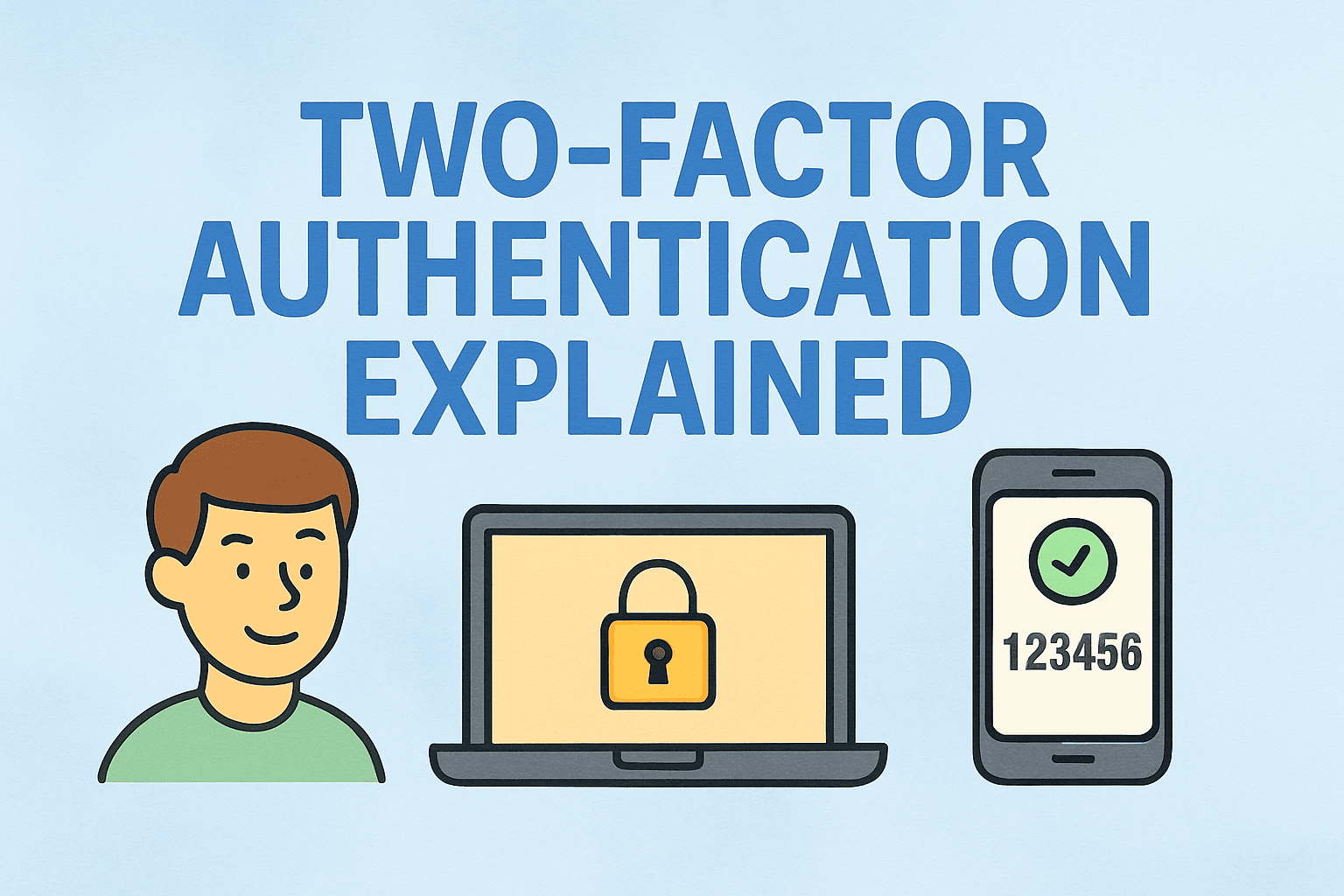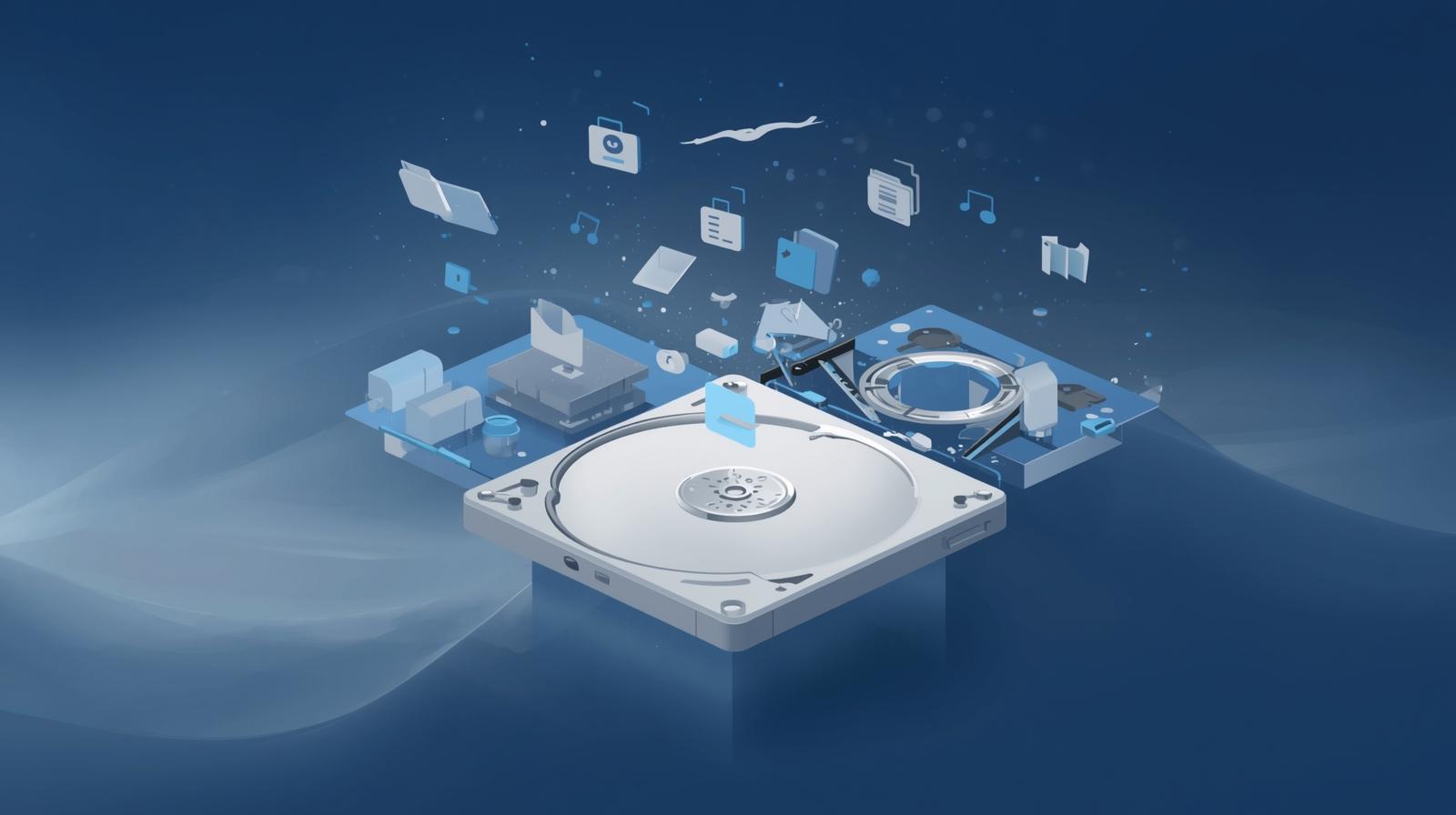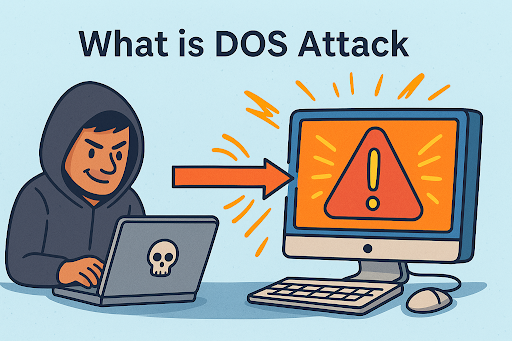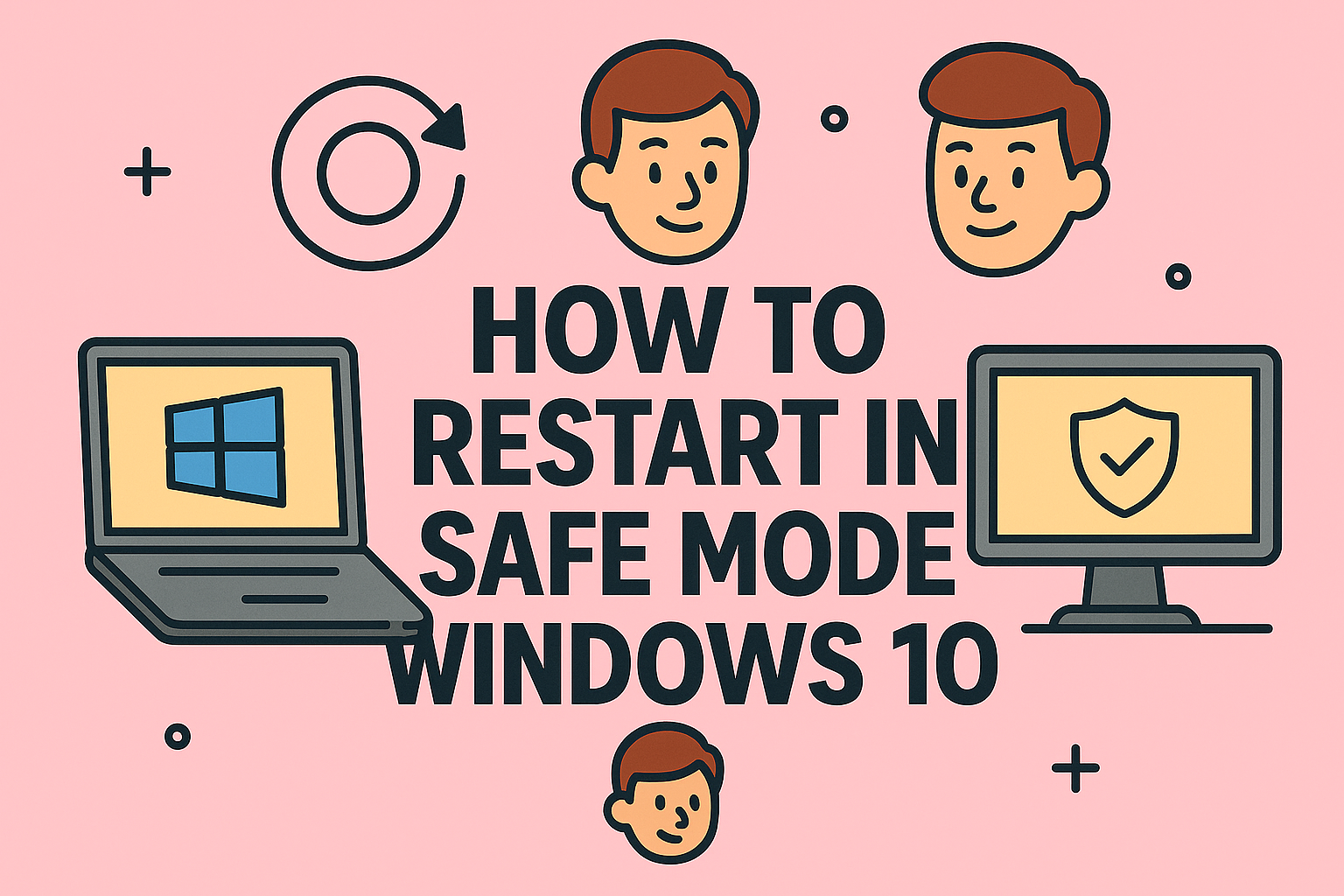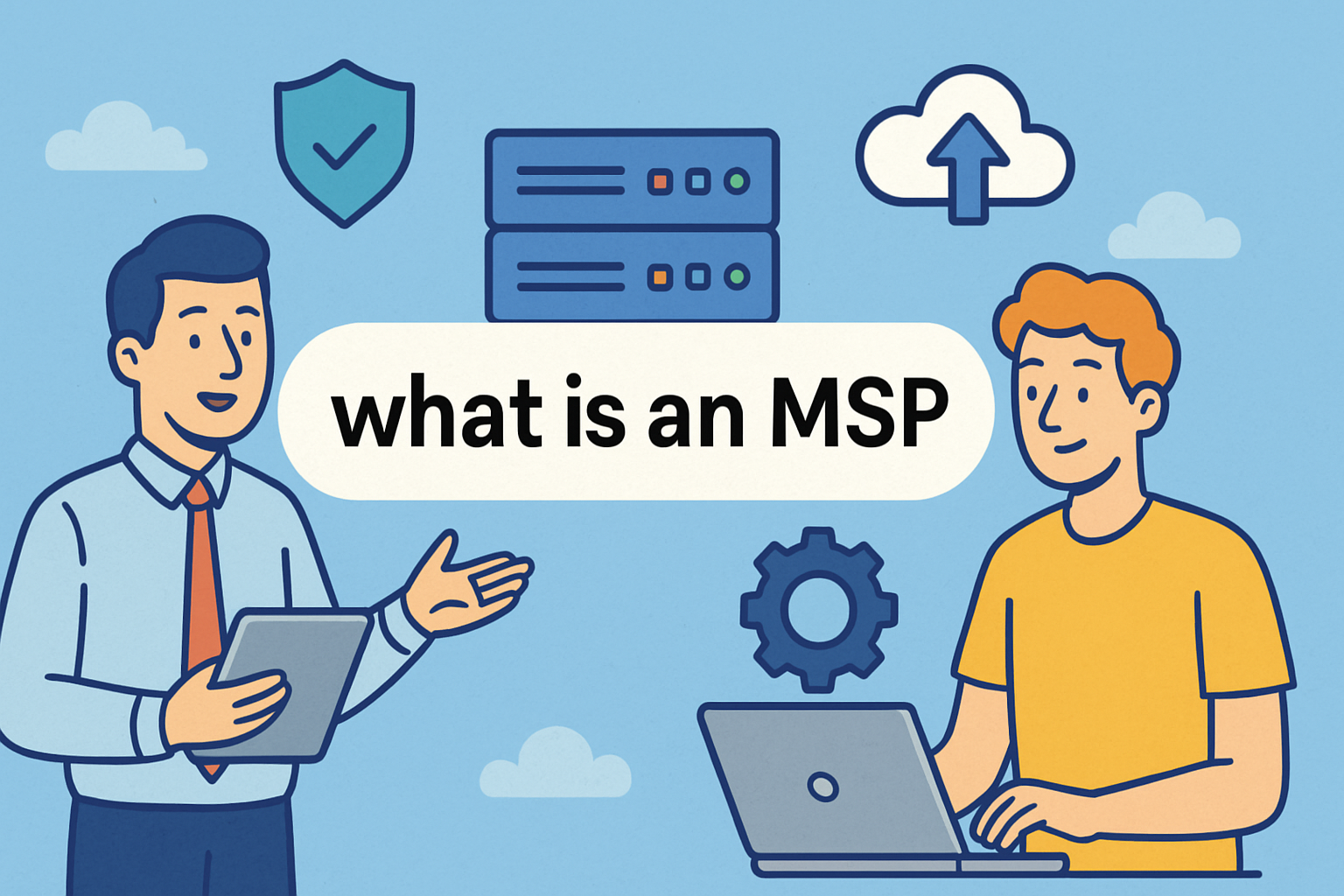How to Run CHKDSK Effectively
Updated on October 22, 2025, by ITarian
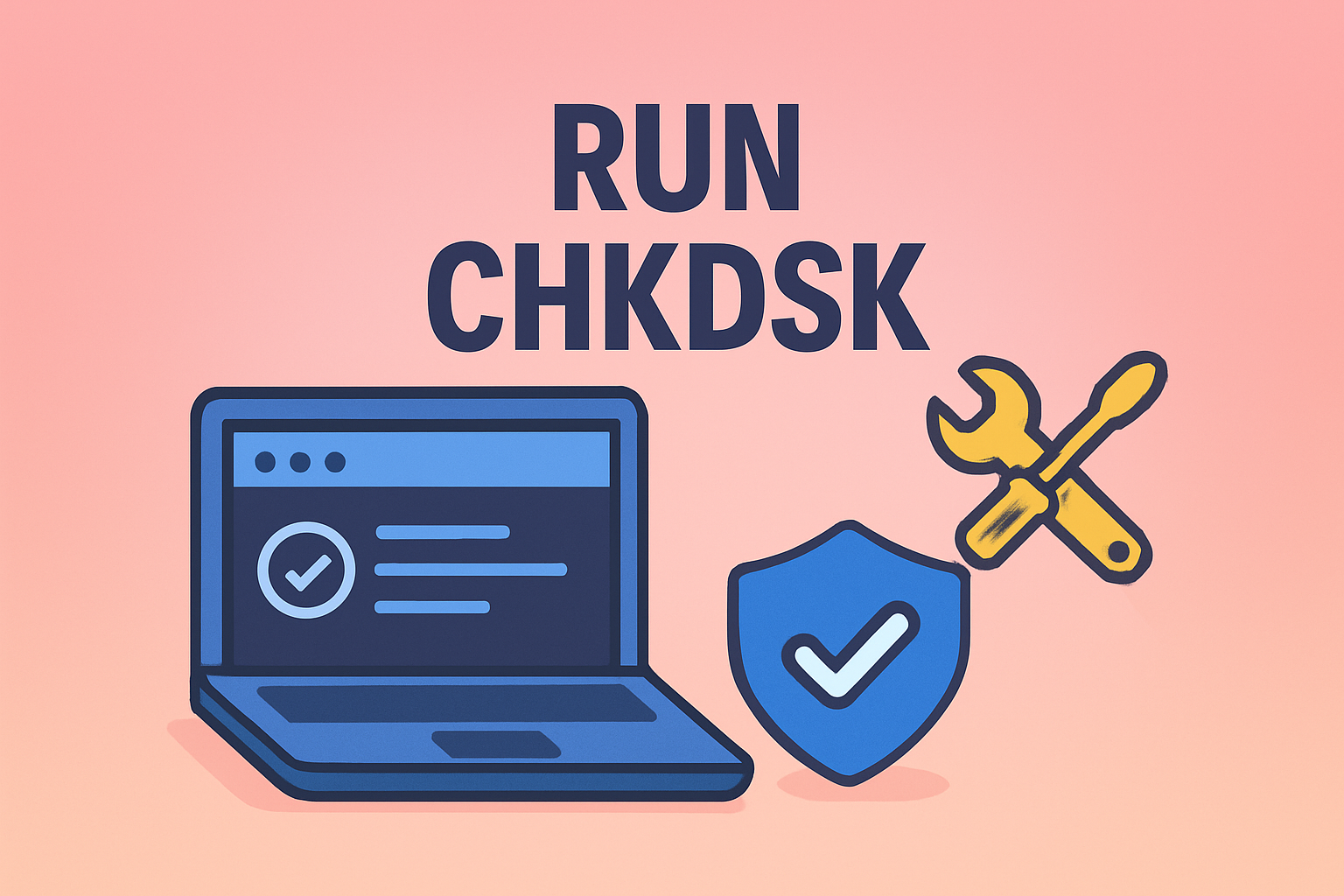
Ever noticed your computer slowing down, displaying unexpected errors, or freezing during startup? One of the simplest yet most powerful tools to fix these issues is CHKDSK — short for “Check Disk.” Knowing how to run CHKDSK properly can help you detect, repair, and prevent disk-related problems before they turn into system failures.
Whether you’re a cybersecurity specialist, IT manager, or a business leader relying on digital continuity, this tool remains a fundamental part of Windows system integrity. In this article, we’ll explore how CHKDSK works, how to use it safely, and why it’s crucial for maintaining healthy, secure systems.
What Is CHKDSK and Why It Matters
CHKDSK (Check Disk) is a built-in Windows utility that scans, repairs, and verifies the integrity of your hard drive or SSD. It identifies both logical errors (file system corruption) and physical issues (bad sectors).
Key Functions of CHKDSK:
-
Detects disk errors: Locates file system inconsistencies caused by power failures, crashes, or malware.
-
Repairs corrupted data: Fixes directory issues and orphaned files.
-
Marks bad sectors: Prevents the system from saving data in faulty disk areas.
-
Optimizes disk performance: Keeps file structure clean and stable for faster read/write operations.
If you want to keep your device secure and prevent costly data loss, knowing how to run CHKDSK should be part of your regular maintenance routine.
When Should You Run CHKDSK?
CHKDSK isn’t just for emergencies — it’s a proactive tool for maintaining your computer’s health. You should run it when:
-
You experience frequent crashes or blue screen errors (BSODs).
-
The system shows “corrupt file” or “missing directory” messages.
-
Your drive becomes slow, unresponsive, or noisy.
-
You encounter bad sector warnings in Event Viewer.
-
You’ve recently experienced sudden power loss or malware attacks.
-
You’re preparing for a Windows update or data migration.
Even if you don’t see obvious issues, running CHKDSK once every few months ensures disk stability and long-term system security.
How CHKDSK Works
CHKDSK operates in two primary stages:
-
Logical Analysis: It inspects the file system (NTFS/FAT) for inconsistencies, invalid entries, or missing links between files.
-
Physical Scanning: It checks for defective sectors and marks them to prevent further use.
When errors are found, CHKDSK can automatically fix them or provide options to manually repair the affected areas.
How to Run CHKDSK on Windows
Windows offers several ways to execute CHKDSK — from simple graphical options to command-line control. Let’s explore each method.
Method 1: Run CHKDSK from File Explorer
This is the most user-friendly method.
-
Open File Explorer.
-
Right-click the drive you want to check (e.g., Local Disk C:).
-
Choose Properties → Tools.
-
Under “Error checking,” click Check.
-
Select Scan drive to analyze for errors.
If errors are found, you’ll be prompted to fix them automatically. This method is ideal for quick maintenance without command-line complexity.
Method 2: Run CHKDSK via Command Prompt
For professionals or IT admins, the command-line method gives more control.
-
Open Command Prompt as Administrator:
-
Press Windows + S, type “cmd.”
-
Right-click and choose Run as administrator.
-
-
Type the following command:
-
/f fixes detected errors.
-
/r locates bad sectors and recovers readable data.
-
/x forces the drive to dismount before scanning.
-
-
Press Enter.
If you’re scanning the system drive (C:), you’ll see a message:
“CHKDSK cannot run because the volume is in use. Would you like to schedule this volume to be checked the next time the system restarts?”
Type Y and press Enter.
Reboot your computer, and CHKDSK will automatically run before Windows loads.
Method 3: Run CHKDSK from Windows PowerShell
PowerShell provides similar functionality to Command Prompt but with enhanced administrative capabilities.
-
Open PowerShell (Admin) from Start Menu.
-
Type:
-
Press Enter.
Once complete, PowerShell displays a summary report of your disk’s health.
Method 4: Run CHKDSK Using Windows Recovery Environment (WinRE)
If your PC won’t boot normally, you can still run CHKDSK through recovery mode.
-
Start your computer and repeatedly press F11 or Shift + F8 during boot.
-
Select Troubleshoot → Advanced Options → Command Prompt.
-
Type:
-
Hit Enter.
This is especially useful for fixing boot-related disk errors.
Method 5: Use CHKDSK with Task Scheduler (Automated Maintenance)
For enterprise-level management or IT maintenance, automate CHKDSK scans:
-
Open Task Scheduler.
-
Create a new task → Triggers → Weekly or Monthly.
-
Under Actions, add:
-
Save and enable the task.
Now your systems will be automatically scanned at set intervals — a proactive defense against data corruption.
Interpreting CHKDSK Results
After a scan, CHKDSK displays detailed statistics. Here’s what they mean:
| Section | Description |
|---|---|
| File verification | Checks directory structure, indexes, and security descriptors |
| Stage 2 | Verifies links and reclaims orphaned files |
| Stage 3 | Examines security descriptors for integrity |
| Bad sectors | Lists physical defects detected |
| Free space | Reports available disk sectors |
A successful scan ends with:
“Windows has scanned the file system and found no problems.”
If issues persist, CHKDSK logs results to the Event Viewer → Windows Logs → Application, under the source “Wininit.”
Advanced Usage: CHKDSK Parameters Explained
CHKDSK comes with several command switches for advanced control:
| Parameter | Function |
|---|---|
| /f | Fixes detected file system errors |
| /r | Finds and recovers bad sectors |
| /x | Forces drive dismount before scan |
| /v | Displays detailed messages during scan |
| /i | Performs faster, less thorough check (for NTFS) |
| /scan | Runs an online scan (Windows 10/11 only) |
Combine these to customize your scan for performance, repair level, and duration.
Best Practices for Running CHKDSK Safely
-
Always back up data first. In rare cases, repairs may remove irreparable files.
-
Close all applications before scanning active drives.
-
Run CHKDSK in Safe Mode to minimize interference from running processes.
-
Schedule regular scans for business-critical systems.
-
Monitor logs to detect early signs of drive degradation.
-
Don’t interrupt scans — forced shutdowns can worsen corruption.
Following these ensures smooth operation and data security.
CHKDSK vs. Other Windows Disk Tools
Windows provides multiple disk utilities, but CHKDSK remains foundational.
| Tool | Purpose | When to Use |
|---|---|---|
| CHKDSK | Checks disk integrity and fixes file system errors | Routine or error-driven checks |
| SFC (System File Checker) | Repairs protected system files | After OS or app crashes |
| DISM (Deployment Image Servicing and Management) | Repairs Windows images | When SFC fails |
| Defragmenter / Optimize Drives | Reorganizes file layout | Improves performance (HDDs only) |
For comprehensive maintenance, IT admins often run all three in sequence — CHKDSK → SFC → DISM.
Troubleshooting Common CHKDSK Issues
Problem 1: CHKDSK gets stuck at a percentage.
-
Fix: Wait — large drives take hours. If frozen, restart and rerun using
/f /r.
Problem 2: “Cannot lock current drive” error.
-
Fix: Schedule the scan for next restart.
Problem 3: “Access denied” message.
-
Fix: Open Command Prompt with Administrator privileges.
Problem 4: Drive not detected.
-
Fix: Check cables, BIOS settings, or use diskpart to verify partition health.
Problem 5: Repeated bad sector reports.
-
Fix: Replace the drive — repeated errors indicate physical failure.
Why CHKDSK Is Important for Cybersecurity
CHKDSK isn’t just about performance — it’s about data integrity and cyber resilience.
-
Prevents ransomware exploitation: By maintaining a clean file system, you reduce vulnerabilities in storage subsystems.
-
Aids forensic investigations: Logs help identify when corruption occurred, which can trace cyber incidents.
-
Protects backups: Detecting errors early ensures backups remain consistent and restorable.
-
Maintains business continuity: Reliable disks mean fewer disruptions and data losses.
In enterprise environments, running CHKDSK routinely ensures that data integrity aligns with compliance and cybersecurity standards.
FAQs About CHKDSK
Q1: How often should I run CHKDSK?
Run it monthly or whenever you notice performance issues. Enterprise systems should automate checks quarterly.
Q2: Does CHKDSK delete data?
No, but during repairs, it may remove irreparable corrupted files. Always back up first.
Q3: Can I use CHKDSK on SSDs?
Yes. Modern CHKDSK supports SSDs and doesn’t harm them — it checks logical integrity, not wear cycles.
Q4: Is CHKDSK safe to interrupt?
No. Interrupting it mid-scan can worsen corruption. Wait until it completes.
Q5: Does CHKDSK fix bad sectors?
It marks them so Windows avoids using those areas. Physical damage requires drive replacement.
Summary & Next Steps
Learning how to run CHKDSK ensures that you can identify and fix disk errors before they impact productivity or compromise data security. For IT professionals and cybersecurity teams, CHKDSK is more than a repair tool — it’s a preventive measure against corruption and downtime.
By combining CHKDSK with routine monitoring, cloud backups, and enterprise endpoint management, you can maintain system health at scale.
For organizations managing multiple devices, automate maintenance tasks through a secure, centralized platform.
Sign up with Itarian today — streamline CHKDSK scheduling, monitor system health, and maintain endpoint reliability across your network. Protect your business from data loss and operational disruptions before they happen.

